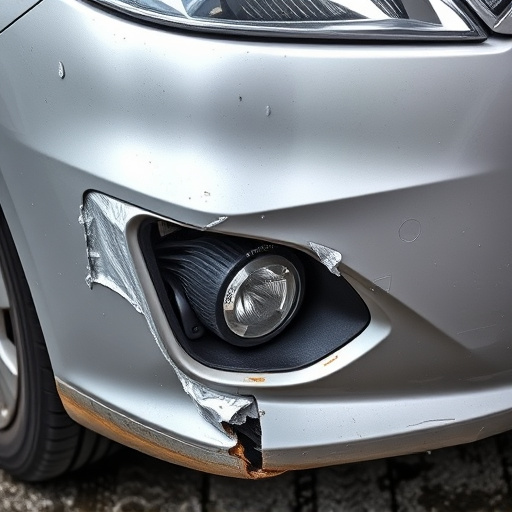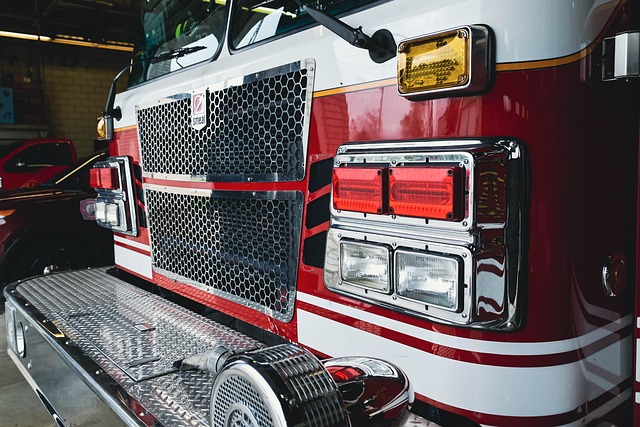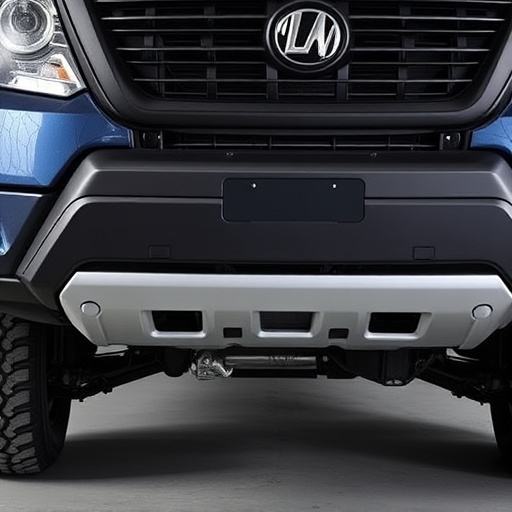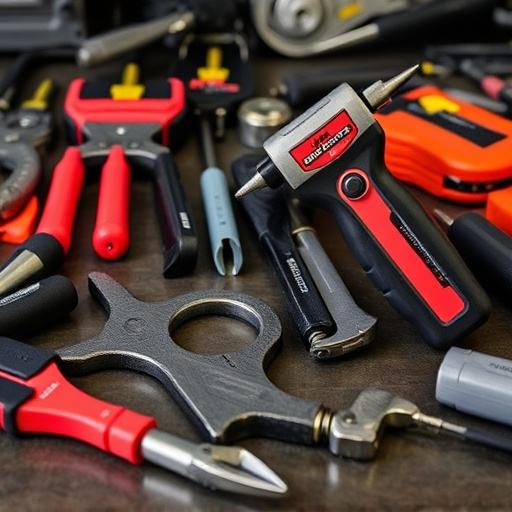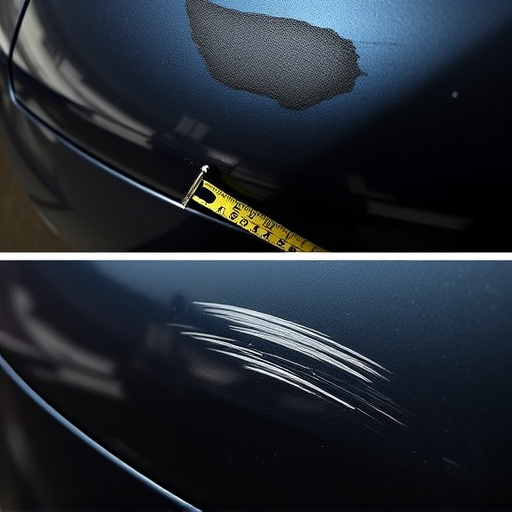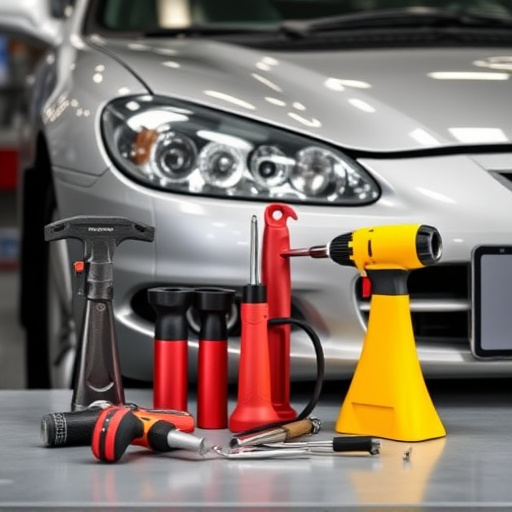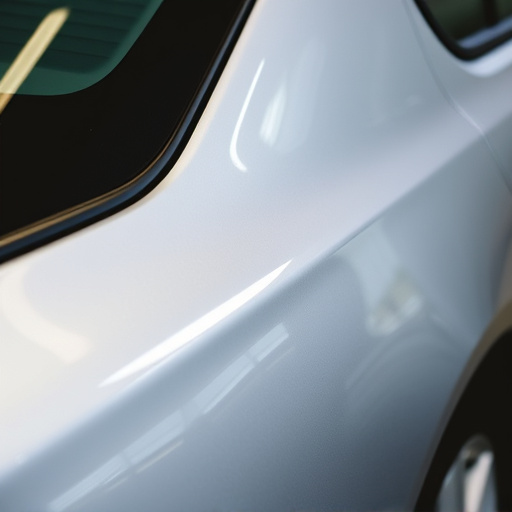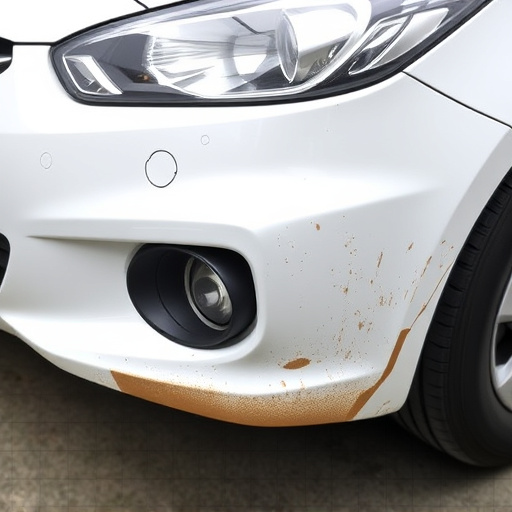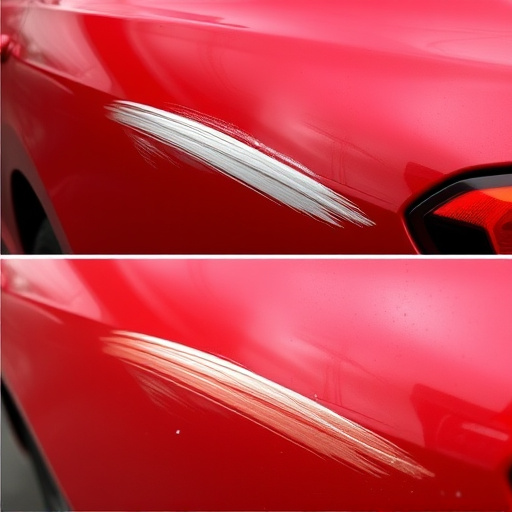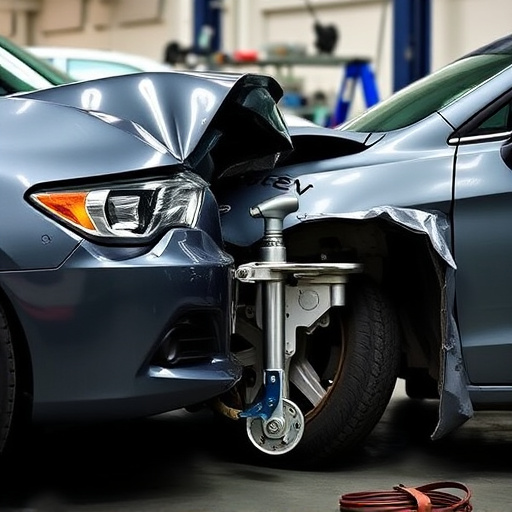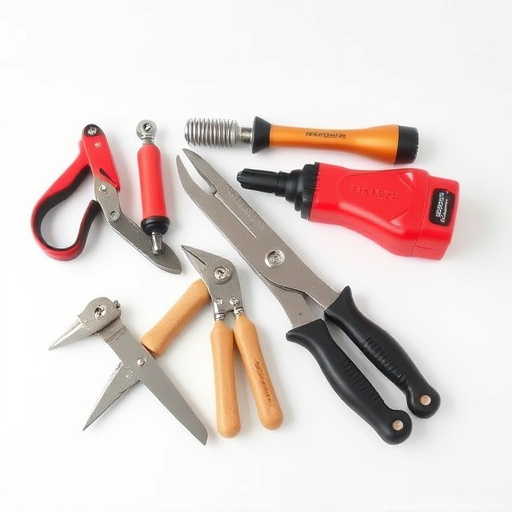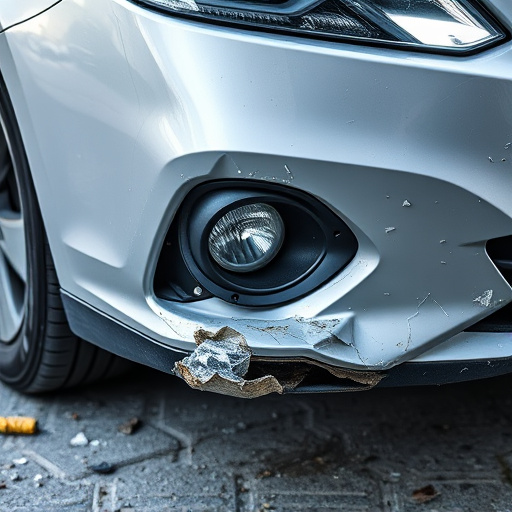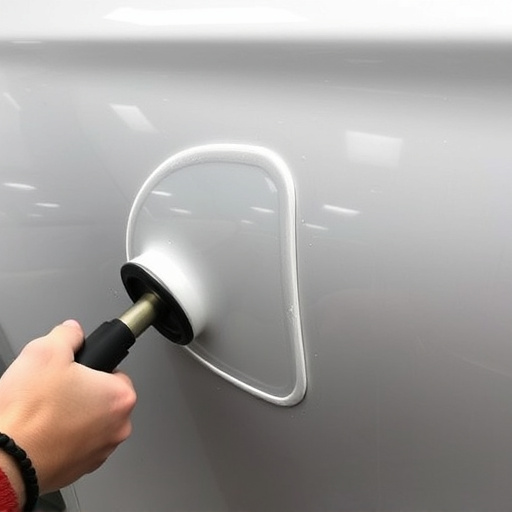Tesla's Adaptive Suspension Systems enhance driving experience with sensor-based adjustments, but regular wear may require professional Tesla adaptive suspension repair. Cold climates pose unique challenges like decreased flexibility, snow/ice accumulation, and sudden temperature changes, leading to uneven tire wear, reduced handling, and safety risks. Regular maintenance is crucial for optimal performance, especially in harsh winters and hailstorms. Skilled auto body shops with advanced diagnostics ensure accurate problem detection, using high-quality parts and proper lubrication enhances safety and ride quality in challenging conditions.
Tesla’s Adaptive Suspension systems offer a smooth ride, but cold climates pose unique challenges. This article delves into understanding these advanced systems and how they adapt to road conditions. We explore common issues that arise during winter, such as reduced performance and handling problems. Additionally, we provide practical strategies for repairing and maintaining Tesla adaptive suspension systems to ensure optimal performance in cold weather, enhancing safety and driving experience.
- Understanding Tesla Adaptive Suspension Systems
- Common Cold Weather Issues and Their Impact
- Repair Strategies for Optimal Performance in Cold Climate
Understanding Tesla Adaptive Suspension Systems

Tesla Adaptive Suspension Systems are a sophisticated piece of technology designed to deliver an unparalleled driving experience. These systems use sensors and actuators to continually adjust the vehicle’s height and stiffness, providing smoother rides, improved handling, and enhanced stability in various road conditions. Understanding how this system works is crucial when it comes to Tesla adaptive suspension repair.
When navigating through different terrains or weather changes, such as cold climates, these systems adapt accordingly. However, over time, regular wear and tear can impact their performance, requiring expert intervention from a reliable car body shop. A vehicle restoration process that focuses on Tesla adaptive suspension repair ensures your car maintains its optimal driving dynamics, offering both comfort and control, regardless of the external environment.
Common Cold Weather Issues and Their Impact
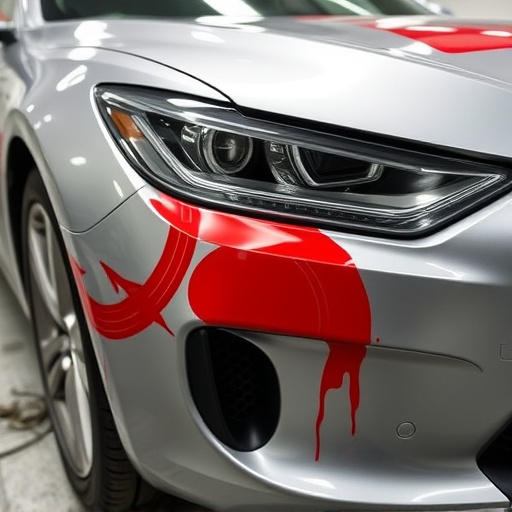
In cold climates, Tesla Adaptive Suspension systems can face unique challenges that impact their performance and longevity. Common issues include increased stiffness due to cold temperatures, which can affect the system’s ability to provide a smooth ride. Snow and ice accumulation on the vehicle also contribute to these problems, as they alter the suspension’s geometry and reduce tire-road contact. Over time, this can lead to uneven tire wear, reduced handling, and even damage to other components like shock absorbers and struts.
Additionally, sudden temperature changes during driving or rapid acceleration/braking can cause minor misalignments in the adaptive suspension components, further exacerbating these issues. These problems are not just about comfort; they can also compromise safety, especially during harsh weather conditions. Therefore, regular maintenance and timely Tesla adaptive suspension repair become crucial for owners operating their vehicles in colder environments, ensuring optimal performance and a secure driving experience.
Repair Strategies for Optimal Performance in Cold Climate
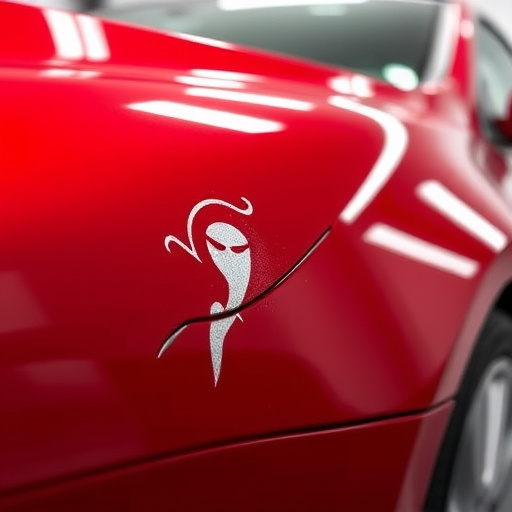
In cold climates, Tesla Adaptive Suspension systems can face unique challenges that impact performance and handling. To ensure optimal functionality, a proactive approach to Tesla adaptive suspension repair is essential. Regular maintenance checks are crucial to identifying any signs of damage or wear, especially in regions with severe winters and frequent hailstorms. These environmental factors can contribute to issues like worn-out shock absorbers, damaged struts, or misaligned components, all of which affect the vehicle’s ride quality and stability.
Repairs should be entrusted to specialized auto body repair shops equipped to handle intricate suspension systems. Skilled technicians will employ advanced diagnostic tools to pinpoint problems, whether it’s a simple component replacement or a more complex realignment. Effective auto body repair strategies for cold-weather conditions involve using high-quality, weather-resistant parts and ensuring proper lubrication to prevent freezing and corrosion. Properly maintained Tesla Adaptive Suspension not only enhances driving experience but also improves safety during challenging road conditions.
Tesla’s Adaptive Suspension systems are a key feature that enhances driving dynamics, but cold climates can present unique challenges. By understanding common issues like reduced damping effectiveness and potential component damage during winter months, car owners can implement effective repair strategies. Regular maintenance and utilizing specialized services for Tesla adaptive suspension repair ensure optimal performance in cold weather, maximizing safety and comfort. This proactive approach allows drivers to continue enjoying their Tesla’s advanced suspension technology year-round.
